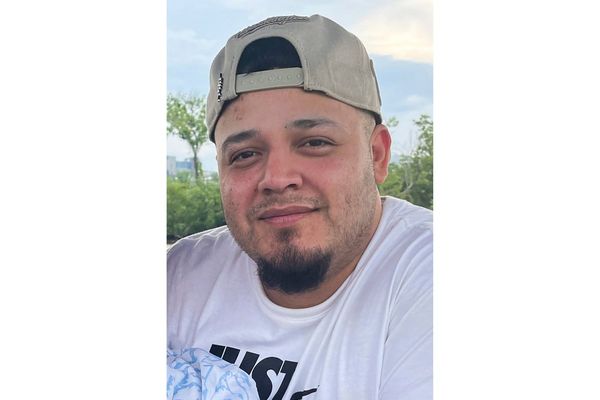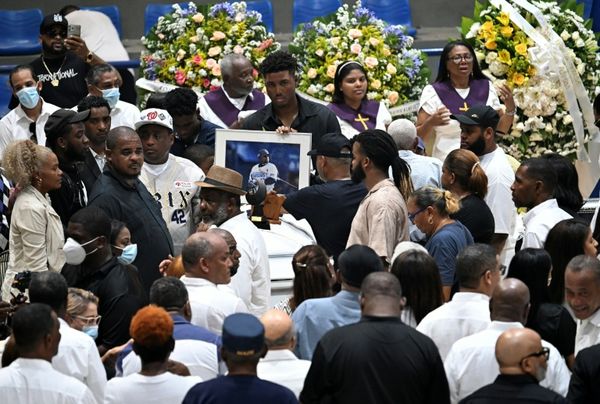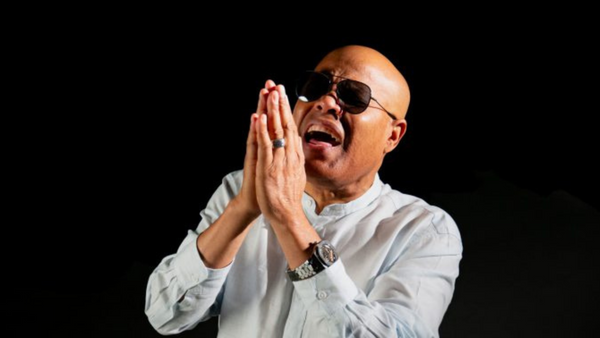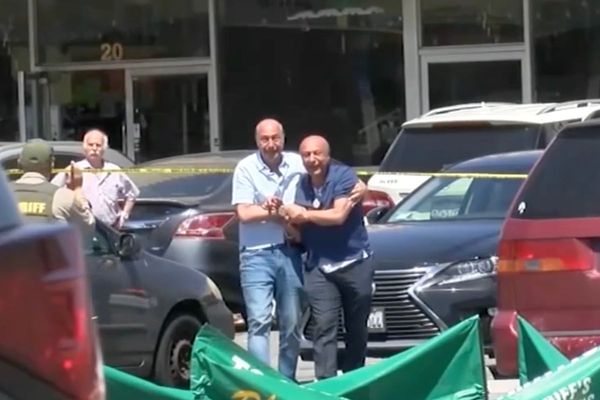Evers since the banned CPI (Maoist) had forayed into the forested area of the Andhra-Odisha Border (AOB) region in the early 1980s, the left wing extremists have never faced a leadership crisis, as it is facing now.
Reliable sources in the party and intelligence reports say that all key leaders who have been heading the movement such as Aruna, Gajarla Ravi alias Uday and Kakuri Pandanna alias Jagan have moved to ‘safe havens’ in Chhattisgarh region.
This happened after the encounter with security forces at Teegalametta in Koyyuru in June last year in which six Maoists including top leaders such as Ranadev and Ashok were killed and three more were killed in the Tulasipahad encounter on the Odisha side of the AOB in October last year.
The Maoists have been on the run since then, with the security forces on both sides of the AOB on being hot pursuit. Considering their safety and the movement hitting a low ebb, all senior leaders have moved to Chhattisgarh, leaving the control of the AOB to Kora Nageswara Rao, a mid-level ACM rank tribal leader, who does enjoy much popularity among the tribals, sources say.
The recruitment of cadres has completely stopped and the tribals are now siding with the State government seeking welfaere and development, which were hindered by lack of road connectivity and accessibility earlier.
Foraying in
The early batch of the Maoists led by the present general secretary Nambala Keshava Rao alias Basavraj and Cherukuri Rajkumar alias Azad moved into the AOB region in 1980. They were then part of the Kondapalli Seetharamaiah’s revolutionary outfit, the People’s War Group (PWG).
After the initial days, Nambala moved to Dantewada region to head the Central Military Commission, the war machinery of the Maoist, while Rajkumar died in an encounter in 2010, after becoming member of the Central Committee and politburo of the party.
In 2006, Akkiraju Haragopal alias Ramakrishna alias RK alias Saket was moved to the AOB to head the movement, after the talks with the then A.P. government had failed. RK with his strategic moves, not only improved the cadre base and spread the movement, but was also able to develop and motivate tribal leaders such as Kudumula Venkat Rao alias Ravi and Bakkuri Venkata Ramana alias Ganesh. Ravi died of illness a few years ago, whhile Ganesh was killed in the Ramaguda encounter in Ocotber 2016. And last year, RK died of kidney failure at a village in Chhattisgarh.
This appears to be the final blow to the dying movement in the AOB. The downfall started with the Ramaguda encounter in which not only 30 Maoists were killed, but it gave confidence to the security forces that they could strike deep into their territories. This also became a fear factor for the Maoists and since then they were on the backfoot, said a senior security analyst with the A.P. Police.
Maoist reign
Between the mid 1990s and 2012, the Maoists had held a considerable sway. Apart from murders and kidnap of high-profile political leaders, they had attacked a police station down to Anakapalle and raid a Central jail and armoury in Koraput. Their biggest success in this region was the Balimela attack in 2004, in which 38 police personnel of Greyhounds were killed.
“But now, the deep incursion of the security forces and the dying popular support appear to have pushed the top leaders to their core bases in Chhattisgarh,” said the officer.







